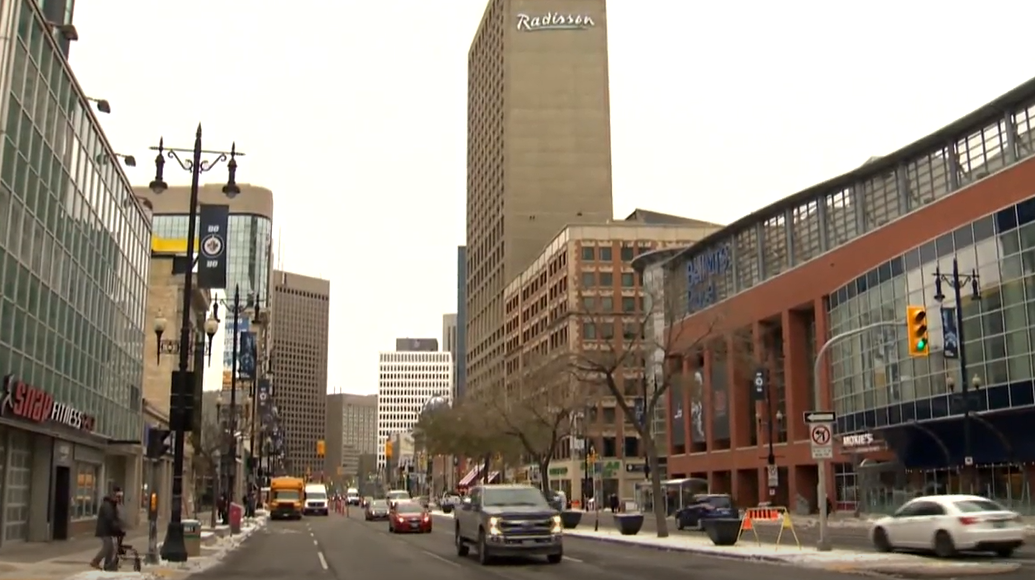Nationwide, investors in real estate are anticipating a positive take on the market, highlighted by a new report from CBRE.

But while the nation is expecting a recovery of commercial real estate investment, the situation is not easily comparable in Winnipeg.
CBRE’s Canada Real Estate Market Outlook states that foreign investment in real estate is a trend that could continue to grow this year — up by five per cent when compared with last year. The market outlook report breaks down various trends, including office space, industrial space, multi-family units, and retail space.
For Winnipeg, CBRE is forecasting an increase in the vacancy rate for downtown office space. Last year, office space in the city’s downtown core sat at an 18.4 per cent vacancy rate, which is forecast to increase to 19 per cent this year. This parallels a predicted rise in inventory when it comes to available space for office leasing in the area.
For suburban areas, the picture is a little bit different. The vacancy rate in the suburbs is expected to go down by 0.9 per cent, while inventory remains the same.
As noted in the outlook report, higher vacancies can be turned around to create a “healthier downtown.” The opening of the Wawanesa Tower downtown and possible conversions of two downtown buildings that once hosted the company could help in “moving real estate from the office designation,” according to CBRE.
Compared with the rest of the country, CBRE said landlords of office spaces would need to focus on providing more amenities to entice tenants into their buildings, all to remain competitive in the market.

Get breaking National news
Paul Kornelsen, vice president and managing director of CBRE Winnipeg, said there remains a pressure on the vacancy rates downtown. With the numbers climbing almost every quarter in the last few years, it’s a big issue for the city, he said.
“There’s kind of a collective question around how we get people back… how do we get companies continue to stay and invest in our downtown economy by having offices here,” he said. “What we see in Winnipeg is very consistent with what we see across the country.”
While the real estate market is grappling with office vacancies, the city’s industrial market is tighter. Of the nearly 87 million square feet of industrial space in the city, only 2.8 per cent is forecast to be available for leasing or purchase.
Nationally, the industrial sector is expected to see a 4.2 per cent increase this year when it comes to available space. Future industrial demand, reads the report, is aligned with economic performance.
“There is nowhere for anybody to move in the Winnipeg industrial market which has placed incredible pressures on rental rates,” read part of the report, which notes that any planned buildings would instead be filled out by out-of-market companies.
When it comes to retail, the industry in Winnipeg is cited as having “surpassed expectations” and performing strongly. This is despite CBRE noting that the industry’s total growth in sales is forecasted to fall by 1.1 per cent by the end of the year.
And as for multi-family housing, the overall vacancy rate across the country fell to 1.6 per cent last year. In Winnipeg, there is a demand, but the sector is facing the challenge of pricing, noted CBRE. There is the possibility of “distressed sales” this year, it added.
Kornelsen noted that with so much space available downtown, the focus is on finding different uses for it.













Comments